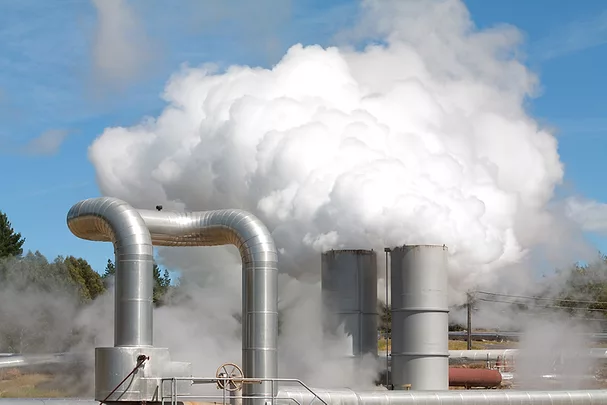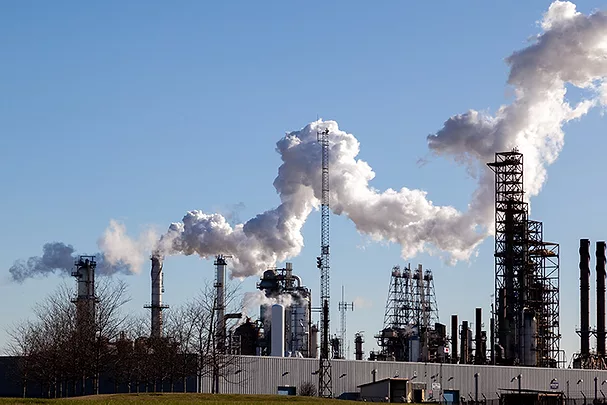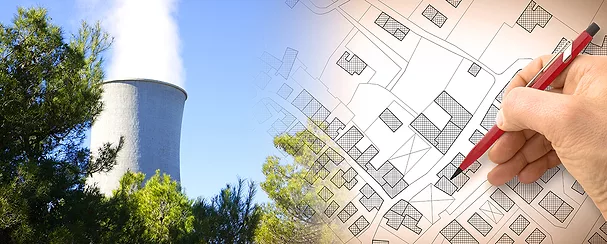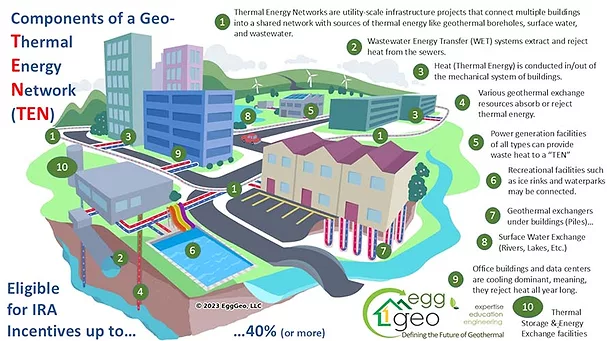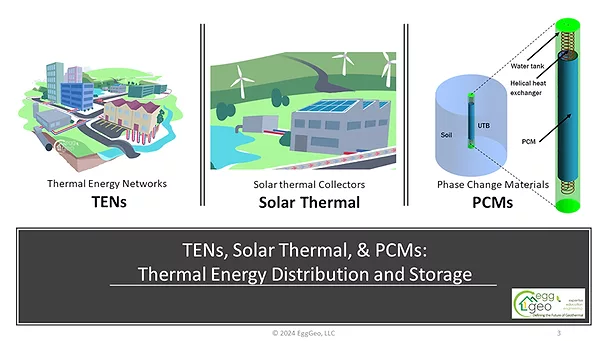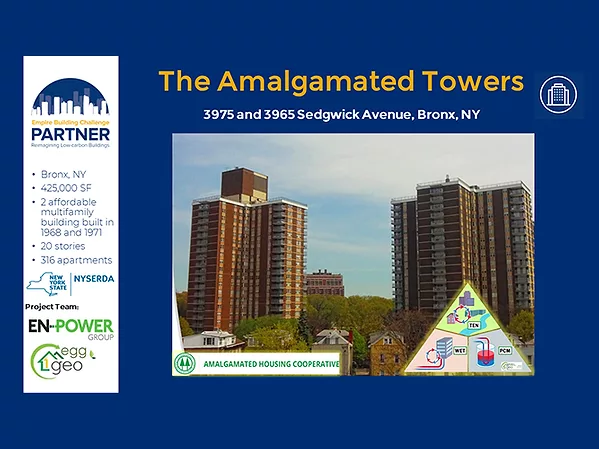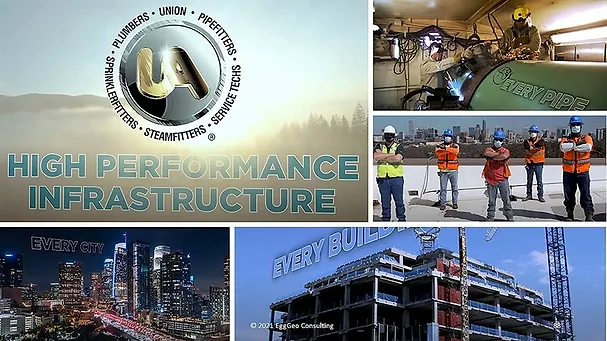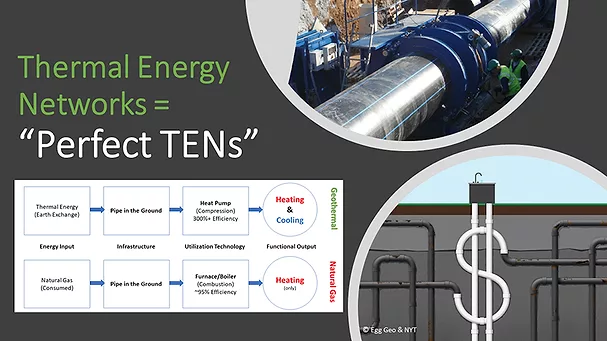Articles by Jay Egg
Geothermal HVAC
The underground infrastructure allows deployment in space-constrained areas without major surface disruption.
Read More
Geothermal HVAC
The Billion-Gallon Opportunity: How Geothermal Exchange Can Solve the Refinery Water Crisis
With financial incentives from the Inflation Reduction Act, this technology not only mitigates environmental and operational risks but also creates opportunities for refineries to become
community energy assets.
Read More
Geothermal HVAC
Bridging Geothermal Horizons Through Unified Innovation
With strong policy support and the development of TENs, geothermal is poised to become a cornerstone of the U.S. renewable energy landscape.
Read More
Geothermal HVAC
Thermal Energy Networks: Bridge Technology for Sustainable Energy Solutions
Five significant gatherings across various locations highlight the growing importance of geothermal technology in urban energy systems.
Read More
Geothermal HVAC
An Update on the IRA and Geothermal Systems
The legislation made the Investment Tax Credit and Production Tax Credit more valuable and expanded the types of qualifying projects.
Read More
Geothermal HVAC
Electricity or Thermal Energy?
TENs make it possible to significantly reduce electrical demand and level of electricity consumption year-round.
Read More
Geothermal HVAC
Wastewater Energy Transfer Hits the Big Time
This technology, which extracts the heat by sending wastewater through a heat exchanger, is closely related in concept to ERVs.
Read More
Feature
Pipefitters Union Brings Strength to National Uptake of TENs
Countless building trades are assured of plentiful and high-paying jobs as utility thermal energy network systems continue to roll out.
Read More
Geothermal HVAC
Perfect TENs
Geothermal heat pumps tied into building loops and thermal energy networks will be as simple as installing window air conditioners or washing machines.
Read More
Geothermal HVAC
Thermal Energy Networks Take Shape in Rochester, Minnesota
The city has pledged to reduce greenhouse gas emissions by 100 percent over the next three decades.
Read More
